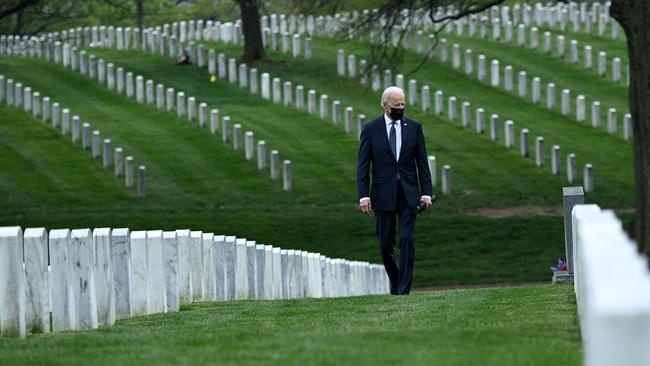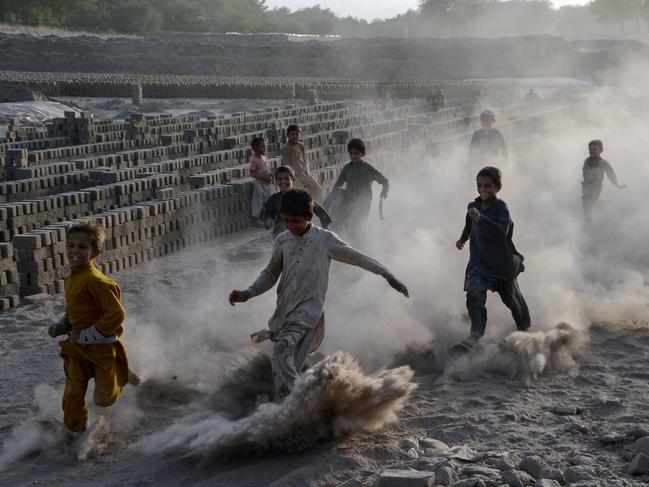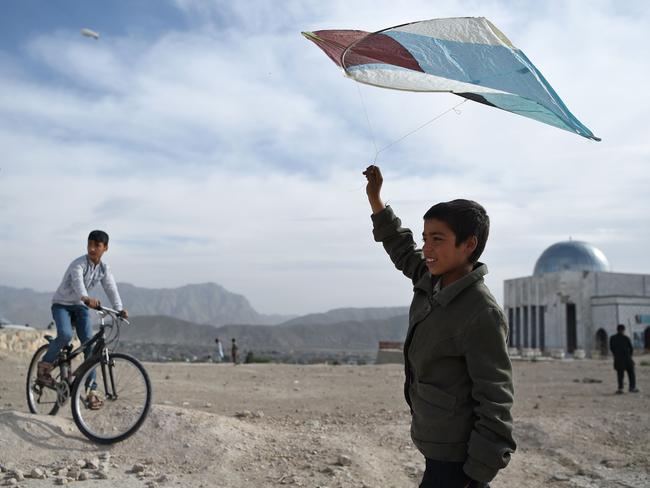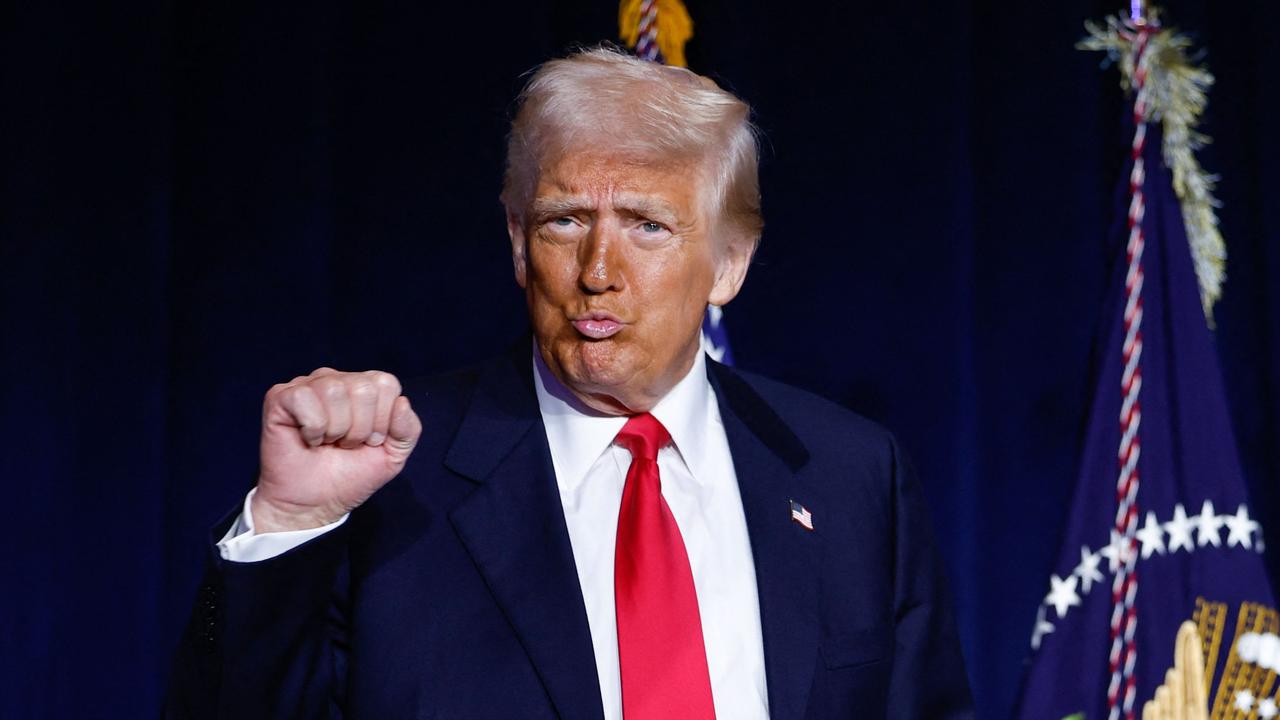Biden walks away from the Afghanistan quagmire
Once the US and its warplanes leave by September, the Taliban will be able to press its advantage.

The first American forces to enter Afghanistan in 2001 arrived on September 26 when a CIA team dropped into the Panjshir Valley in the north of the country.
At the peak of the war a decade later, the US had more than 100,000 troops battling the Taliban. Another decade on, all of them will be gone and the longest war in US history will be over — for the Americans, at least.
President Joe Biden has decided to withdraw all American forces from Afghanistan by September 11, the 20th anniversary of the terrorist attacks that prompted the US to invade in the first place. An official said on Tuesday that the President would announce the move the following day.
Biden had inherited a peace deal from his predecessor, Donald Trump. In February last year Trump’s administration had signed an agreement with the Taliban in which the US committed to reducing forces and ultimately withdrawing from the country entirely by May 1 this year in exchange for Taliban commitments to break with al-Qa’ida and discuss a political settlement with the Afghan government in Kabul.
There is little sign that the Taliban has delivered on either count. A report by the US Treasury Department in January noted that al-Qa’ida members remained “embedded with the Taliban”, and on Monday the group said it would not attend a forthcoming American-backed meeting in Turkey that would have discussed, among other things, the formation of an interim Afghan government that included the Taliban.

Afghanistan President Ashraf Ghani released 5000 Taliban prisoners last year, notes Lisa Curtis, who oversaw US policy on Afghanistan in the Trump administration and is now an expert at the Centre for a New American Security, a think tank. “He got practically nothing in return except an increase in Taliban violence and a demand for more Taliban prisoners to be released.”
Despite all this, Biden had already said he “could not picture” American troops remaining in Afghanistan beyond the end of this year. His military advisers had warned him that the Taliban, which has made important battlefield gains in recent months, probably would take over the country if the US were to leave.
Joint Chiefs of Staff chairman General Mark Milley reportedly told the President that women’s rights would go “back to the stone age”. Others retorted that Afghanistan was no longer a vital interest, with al-Qa’ida weakened, the terrorist threat greater in the Middle East and other challenges — above all the one from China in the Pacific — more deserving of American attention and resources. In the end Biden, who as vice-president lobbied against Barack Obama’s surge of forces to Afghanistan in 2009-10, sided with the latter group.
Officially, the US has around 2500 troops remaining in Afghanistan, though the true number is thought to be slightly higher, and that force is supplemented by several thousand private contractors.
They will begin an “orderly drawdown” before May 1 and complete it by September 11. Biden’s hope may be that by announcing a clear end date he can dissuade the Taliban from attacking American forces over the summer. Yet the certainty of the US departure also removes any incentive for the Taliban to make concessions to supporters of the current Afghan state.

Once the US — and, crucially, its warplanes — leave, the Taliban will be able to press its advantage. That does not mean the state will collapse at once, but it will struggle to stave off the insurgents’ advances.
John Sopko, the US Special Inspector General for Afghanistan Reconstruction, told congress last year that the Afghan armed forces remained “a hopeless nightmare and a disaster”.
In an interview last month with Task & Purpose, a website, he added that the government had “limited capability to move food, ammunition, medical supplies … to units in the field”.
An American intelligence assessment published on Tuesday noted that the Afghan government “will struggle to hold the Taliban at bay if the coalition withdraws support”.
Biden’s move also will create a headache for his European allies. About 7000 troops from other countries, including 1300 from Germany and almost 900 from Georgia, are deployed to Afghanistan as part of a NATO-led coalition that trains Afghan forces. In February, NATO secretary-general Jens Stoltenberg promised “we will not leave before the time is right”.
In practice, those troops would be unable to remain in Afghanistan without the insurance policy of American air power and other support. Their departure will leave Afghan security forces further weakened and the government in Kabul more isolated.
America’s hope is that, even without troops on the ground, it can continue to keep al-Qa’ida and Islamic State (which has a modest presence in the east of the country) in check through long-distance counter-terrorism, such as special forces and drones.
What is less clear is where those forces would be based. One possibility is that the CIA will keep a paramilitary presence on the ground, working with the National Directorate of Security, Afghanistan’s intelligence service. Another is that the US will seek to place forces in Central Asia or Pakistan, where it once discreetly stationed drones.
“But the politics of this type of basing remains enormously complicated and the administration hasn’t figured out a workable arrangement,” says Asfandyar Mir of Stanford University. “Until that happens, al-Qa’ida is going to gain in Afghanistan.”
American officials say they will continue “civilian, economic and humanitarian assistance programs”. They no doubt will be mindful of the lessons of the Soviet withdrawal from Afghanistan in 1989, when the Soviet-backed government clung on to power after the departure of foreign troops but collapsed after the withdrawal of funding at the end of 1991. Yet the US departure inevitably will create a power vacuum with wider implications.
“Regional competition is likely to intensify,” says Avinash Paliwal of the School of Oriental and African Studies in London. During the civil war of the 1990s, Pakistan covertly backed the Taliban — as it does today — while India, Iran and Russia supported anti-Taliban armed groups in the north of the country with money, arms and intelligence.
If Afghanistan’s government begins to crumble, regional powers would expand support to their favoured factions to protect their interests and build influence against rivals.
On September 20, 2001, as US forces geared up to invade Afghanistan, president George W. Bush told a joint session of congress “this war will not be like the war against Iraq a decade ago, with a decisive liberation of territory and a swift conclusion”. He was right about that.


